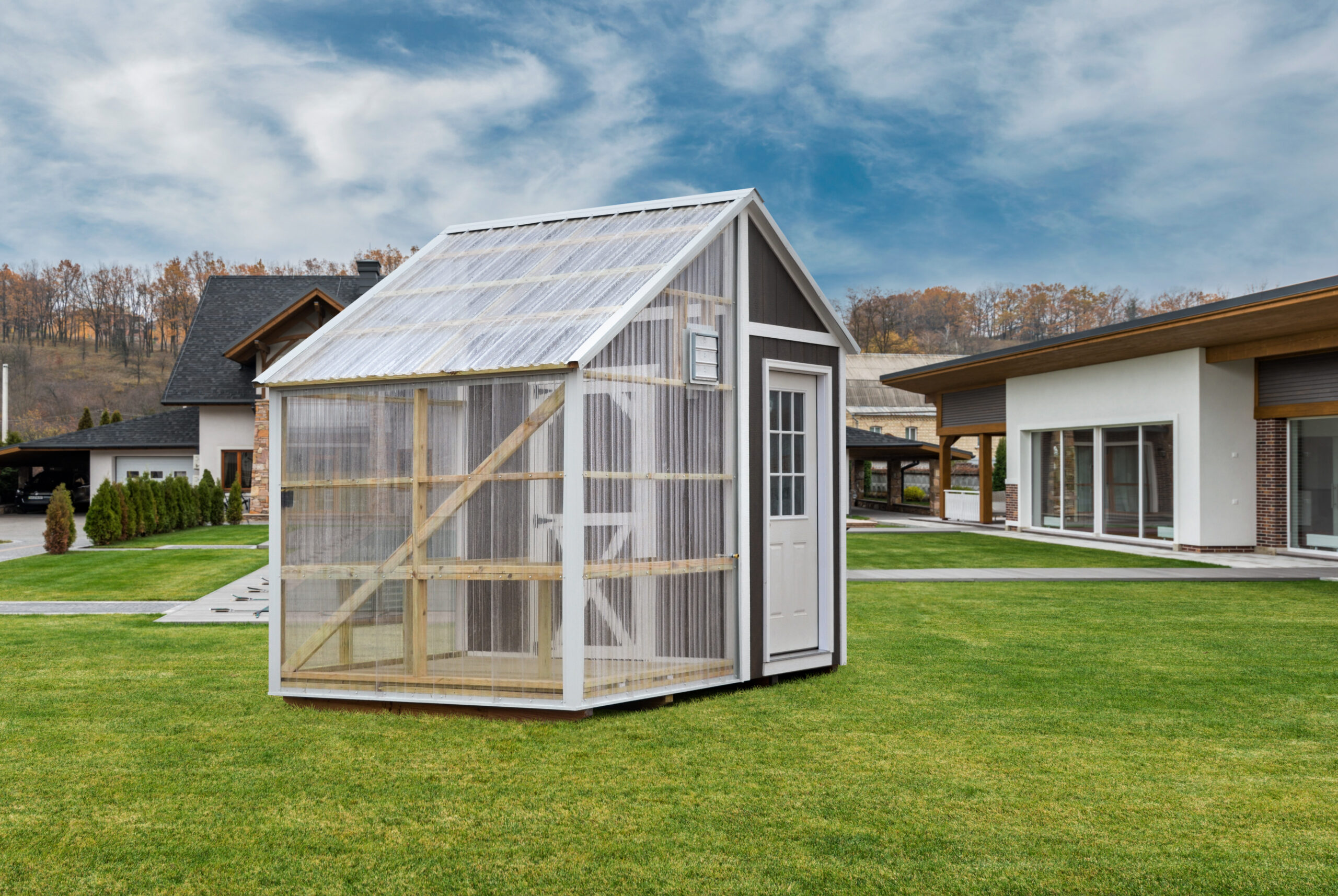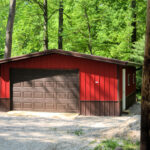
How Climate Control in Your Greenhouse Shed Works
By SchwebAdmin
Greenhouses make an excellent addition to your backyard for year-round gardening in the harsh Midwest winter. In the summer, you can also switch to growing tropical plants you normally couldn’t grow in your garden. Greenhouses have many other great benefits, like protecting your plants from pests, but climate control is by far the most beneficial. Learn how climate control works within your greenhouse shed.
How do Greenhouses Work?
A greenhouse works by converting light energy into heat energy. Sunlight hits and passes through the glass or clear plastic sheeting of the greenhouse and is absorbed by the plants and other materials heating them up. When the material inside the greenhouse releases heat, it’s trapped by the same clear barrier that lets the sunlight in. This trapped heat allows you to garden year-round.
In a similar way, when water evaporates from the soil, it is also trapped by the barrier. This makes the environment inside the greenhouse more humid than the exterior. This is beneficial in winter when the air dries and in summer if you’re growing tropical plants.
How to Control Climate in Your Greenhouse Shed
Although the greenhouse does most of the work itself, you’ll still need to take steps to regulate the climate on occasion. Anything that would block sunlight from entering the greenhouse, like fallen leaves or snow, should be cleared off immediately. Otherwise, the greenhouse will slowly drop in temperature. Even with the greenhouse trapping heat, in extremely cold winters, you may need to turn on a heater to keep it at an appropriate temperature.
Monitor the temperature during the summer. If it becomes too hot, you’ll need to vent the greenhouse by opening a built-in vent or window. Some greenhouses might also be equipped with a fan or even an air conditioner to lower the temperature faster. You should monitor the humidity during the summer, also. If it’s too wet inside, it can promote fungal growth that’s harmful to plants. Ventilation will also help with this but a dehumidifier is even more effective.
The ideal temperature and humidity to regulate inside your greenhouse vary based on the plants you’re growing. A typical ideal temperature is around 64℉-75℉. A typical ideal humidity level is around 80%.
Buy a Greenhouse Shed Today
Start gardening year-round with your own greenhouse shed. Purchasing a climate-controlled greenhouse is easy with Raber’s line of greenhouse sheds. We use durable Suntuf polycarbonate panels to trap and control heat. Browse our selection today.



